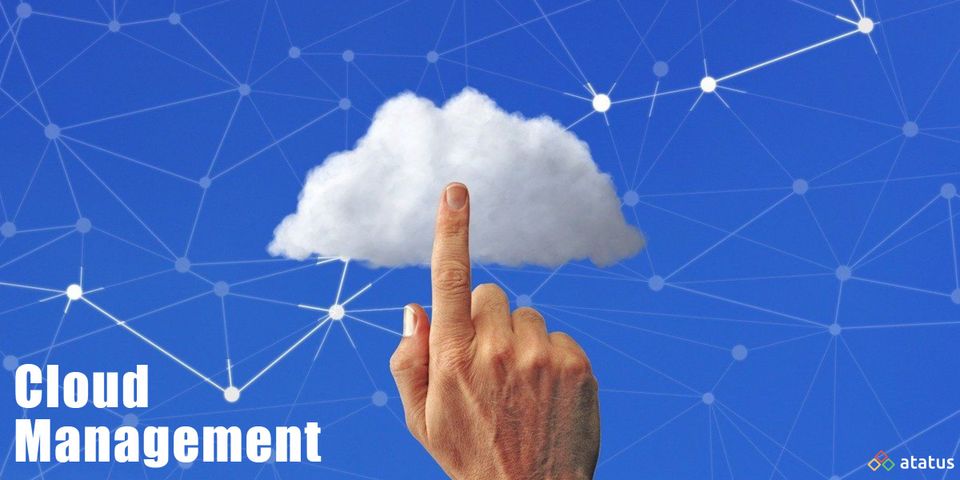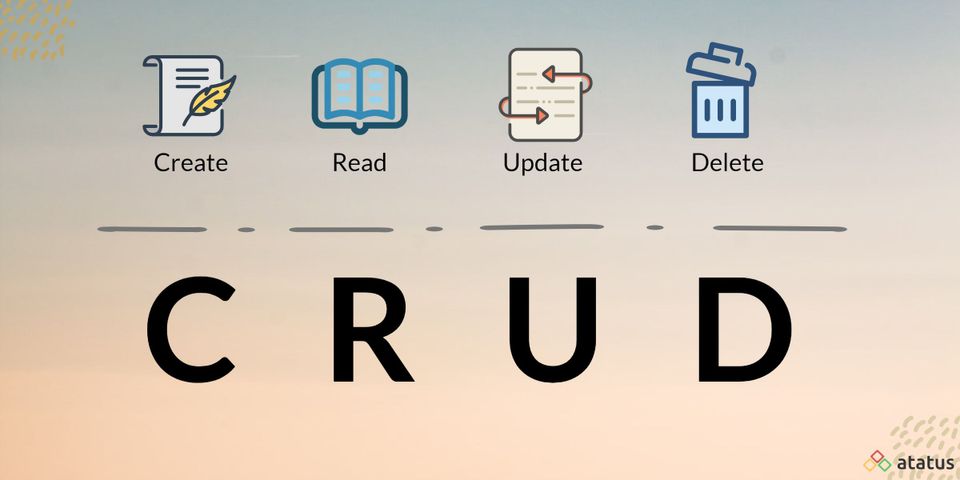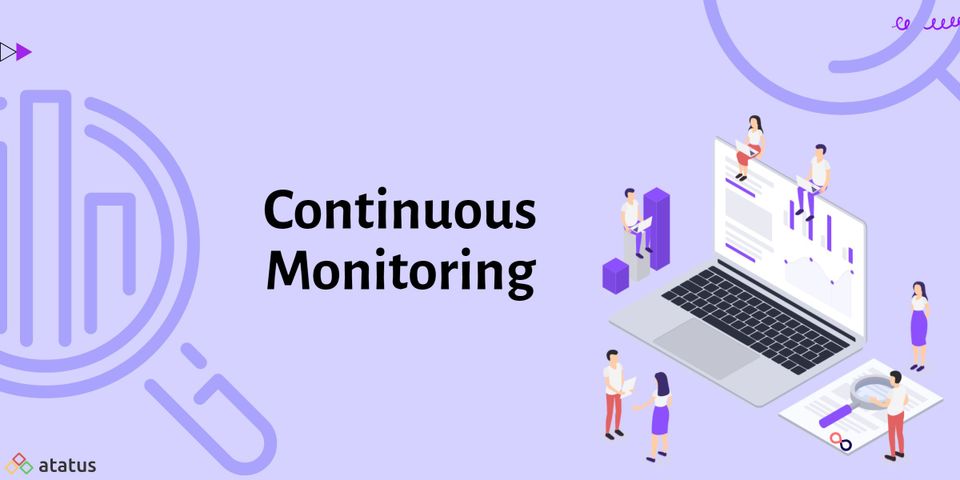Organizations are increasingly deploying enterprise applications to the cloud in order to cut costs on upfront infrastructure expenses. Administrators monitor cloud activities such as resource deployment and use, resource lifecycle management, data integration, and disaster recovery through cloud service management.
We will cover the following:
- What is Cloud Management?
- How does Cloud Management Work?
- Benefits of Cloud Management
- What is a Cloud Management Platform?
- What Can a Cloud Management Platform be able to Accomplish?
What is Cloud Management?
The process of monitoring and maximizing efficiency in the use of one or more private or public clouds is known as cloud management. To manage cloud usage, most businesses employ a cloud management platform. IT administrators can use cloud management to transfer workloads between clouds and control the cost of cloud resources.
IT pros can keep control over those dynamic and scalable computing environments with the help of a well-designed cloud management approach. Cloud management can also assist businesses in achieving three objectives:
- IT pros who can access cloud resources, create new ones, monitor usage and costs, and alter resource allocations are referred to as self-service.
- Operations teams may manage cloud instances without the need for human involvement due to workflow automation.
- Cloud analytics allows you to keep track of your cloud workloads and user experiences.
For cloud computing services, there are three major deployment models today:
Public Cloud
Public clouds are maintained by public cloud service providers, who are responsible for the servers, storage, networking, and data centre operations of the public cloud environment. Users can also use a third-party cloud management application to administer their public cloud services.
Users of public cloud services can choose from three different types of cloud provisioning:
- User Self-provisioning: Customers buy cloud services directly from the provider, usually via a web form or console interface. The customer gets charged per transaction.
- Advanced Provisioning: Customers prepay for a certain number of resources, which are prepared ahead of time for service. A flat price or a monthly cost is paid by the customer.
- Dynamic Provisioning: When the customer needs resources, the provider assigns them, then decommissions them when they are no longer required. The customer is charged based on the number of times they use the service.
Private Cloud
Private cloud infrastructure is managed entirely for the benefit of a single company. Internally or through a third party, it can be managed. Software tools are needed to assist construct a virtualized pool of computing resources, provide a self-service interface for end-users, and manage security, resource allocation, tracking, and billing in a private cloud.
Since cloud environments are often highly virtualized and organized in terms of portable workloads, management tools for private clouds are typically service-oriented rather than resource-oriented.
Hybrid Cloud
Hybrid cloud environments are made up of a mix of public and private cloud services from various vendors. For privacy and security concerns, businesses may prefer to maintain some data on private cloud servers, while using public cloud applications for less sensitive data at a reduced cost.
Compute, network and storage resources must be managed across different domains in hybrid cloud systems, a strong management approach should begin by defining what needs to be managed, as well as where and how it should be done. Configuration and installation of images, access control, budgeting, and reporting are all policies that should be in place to assist administer these domains.
How does Cloud Management Work?
Cloud management solutions can collect the data needed to make an informed decision about what to stay in a private cloud and what to move to a public cloud, as well as track the results to improve hybrid cloud and multi-cloud management.
For monitoring, securing, and managing the cost of their cloud products, public cloud companies often supply their own software tools. These technologies, on the other hand, rarely provide insight into performance, instead of focusing on basic reporting. If a company uses numerous public clouds, each with its own proprietary cloud management tools, third-party tools to help manage public cloud services become important.
IT managers can better distribute resources by using private cloud management solutions. For example, an IT manager might set up a user-based resource quota with a cloud management solution to guarantee that one user does not overload the server with a big workload request. Administrators can also utilize resource monitoring data to predict and plan for resource demands.
Benefits of Cloud Management
A proper cloud management plan is essential for cost control, and it can also boost IT performance and efficiency. The following are some of the special benefits of cloud management:
- Determines the Best Cloud Strategy
Cloud management can provide information on the user experience as well as an analysis of the workloads that are processed in the cloud. When cloud analysis tools are used as part of a management strategy, a business can better balance workloads and plan for the right capacity. This type of analysis can also assist an organization in determining whether to employ a public, private, or hybrid cloud for various needs, as well as what the best balance between such clouds might be. - Faster Delivery Time
Customers nowadays want quick delivery, which may be provided with the help of appropriate administration. Only if the service is quick and simple to use will the customer choose it. The cloud computing team ensures that their customers are satisfied by providing immediate delivery, which is accomplished through proper management. - Flexibility
Customers seek CPU, memory, hard disc space, and network configuration, and among other things. These facilities should be user-friendly and give customers as much flexibility as possible. Self-service provisioning allows customers to change what they need and eliminates the need for expensive hardware. Cloud management also allows for flexibility, allowing customers to only pay for what they've utilized. - Keep Track of Compliance
Administrators will be able to detect where users and cloud configurations are violating corporate cloud use regulations and guidelines with a competent cloud management solution, and any concerns will be immediately handled. - Security
Security is required for complete management; otherwise, management is incomplete. As a result, cloud providers provide adequate security, a firewall, and confidentiality. This ensures the security of all files, applications, and other data on the premises. - Economical
Cloud providers use problem management to try to keep prices as low as feasible. Since Cloud Computing is suitable for both small and large businesses, the costs of implementing a cloud-based server are inexpensive.
What is a Cloud Management Platform?
A cloud management platform (CMP) sits on top of both public cloud provider platforms and private cloud platforms to provide broad cloud management functions. CMPs are responsible for the management of cloud services and resources that are spread across numerous cloud platforms. CMPs are valuable because they provide the highest level of platform consistency without sacrificing functionality depth.
CMPs allow a cloud service customer to manage the deployment and operation of applications and related datasets across different cloud service infrastructures, including both on-premises and public cloud service provider infrastructure. CMPs, in other words, enable the management of hybrid cloud and multi-cloud environments.
Unfortunately, the definition of the phrase "cloud management platform" has evolved over the last decade, and the specific meaning of this term is frequently unclear in management strategy debates. This phrase could signify something very different to one vendor than it does to another.
Choosing the best management strategy for cloud services is thus a difficult task. By emphasizing only their benefits and ignoring their faults, providers and suppliers can further confuse the evaluation. Furthermore, each provider and vendor focus on various parts of cloud management, comparing solutions is challenging.
What Can a Cloud Management Platform be able to Accomplish?
A good cloud management platform should enable users to observe how and when each component of the cloud infrastructure is used, as well as assist them in deciding where to run workloads. Users should be able to monitor how cloud-based applications work, where slowdowns occur, and which sections of the cloud are underutilized.
In an ideal world, a cloud management platform would also provide insights into security flaws and public cloud usage that isn't in line with corporate policies. When a cloud management platform can indicate where cloud management expenses can be cut and performance can be improved, it pays for itself.
Conclusion
For some companies, such as a small business with a single public cloud, cloud management is a realistic alternative. Large technological companies with in-house cloud architects, engineers, and IT support personnel may also opt to use their own resources. Most businesses can benefit from outsourcing part or all of their cloud management responsibilities.
Monitor Your Entire Application with Atatus
Atatus provides a set of performance measurement tools to monitor and improve the performance of your frontend, backends, logs and infrastructure applications in real-time. Our platform can capture millions of performance data points from your applications, allowing you to quickly resolve issues and ensure digital customer experiences.

Atatus can be beneficial to your business, which provides a comprehensive view of your application, including how it works, where performance bottlenecks exist, which users are most impacted, and which errors break your code for your frontend, backend, and infrastructure.





